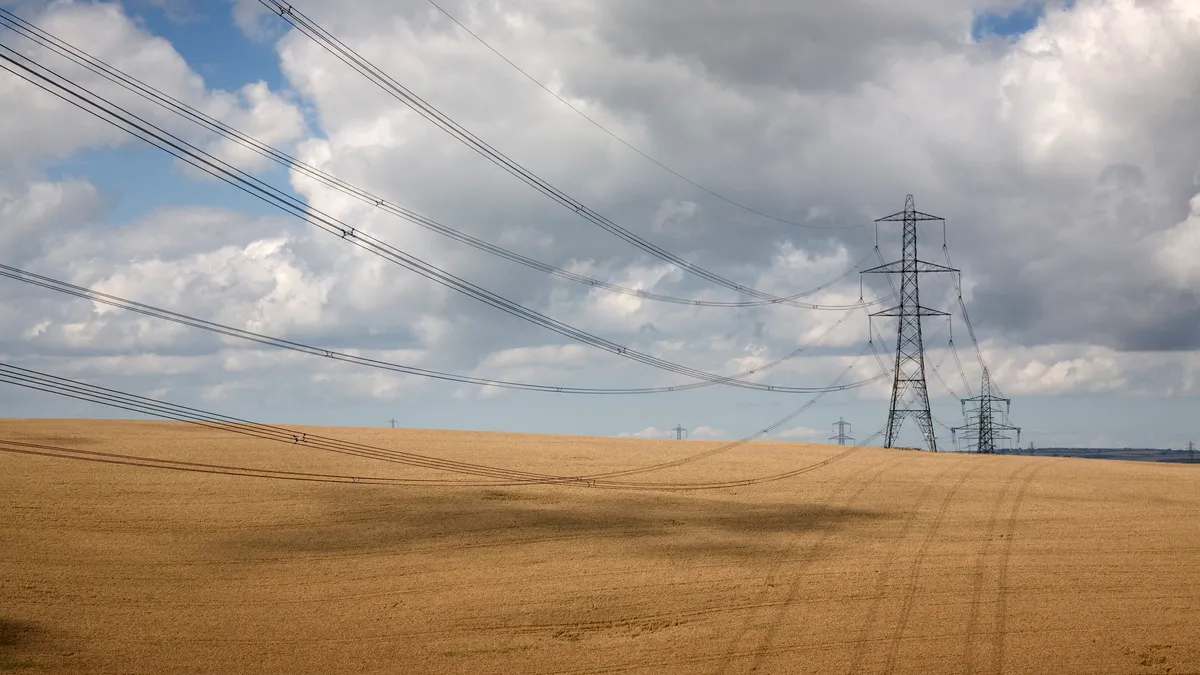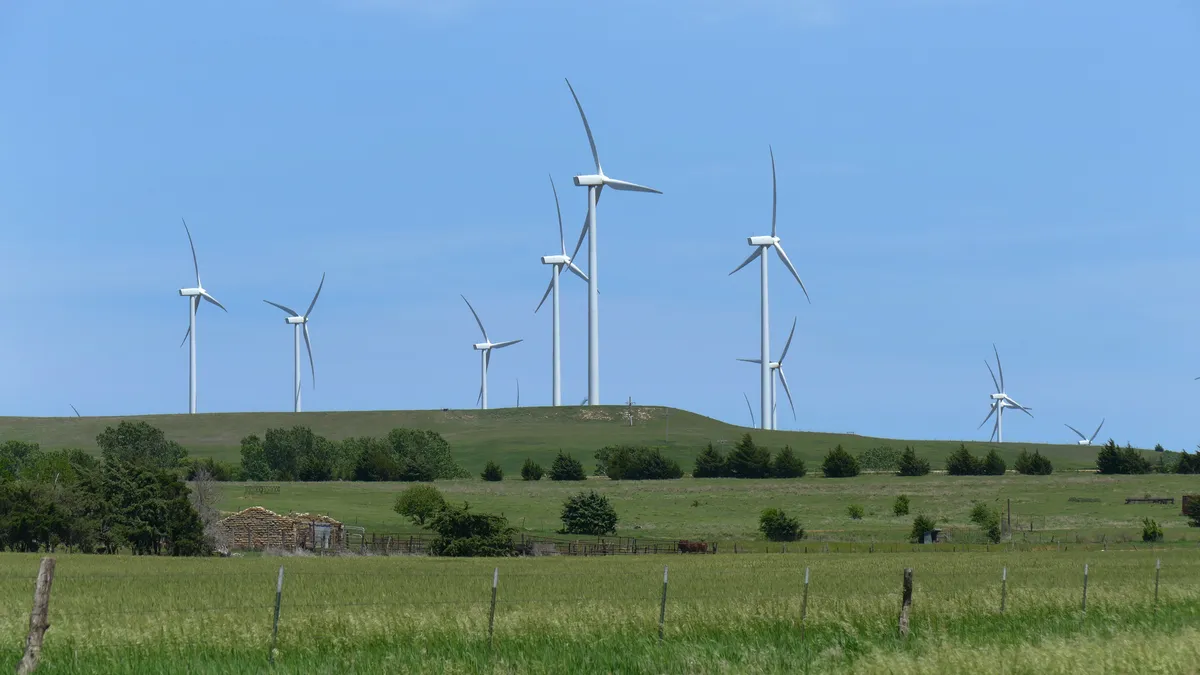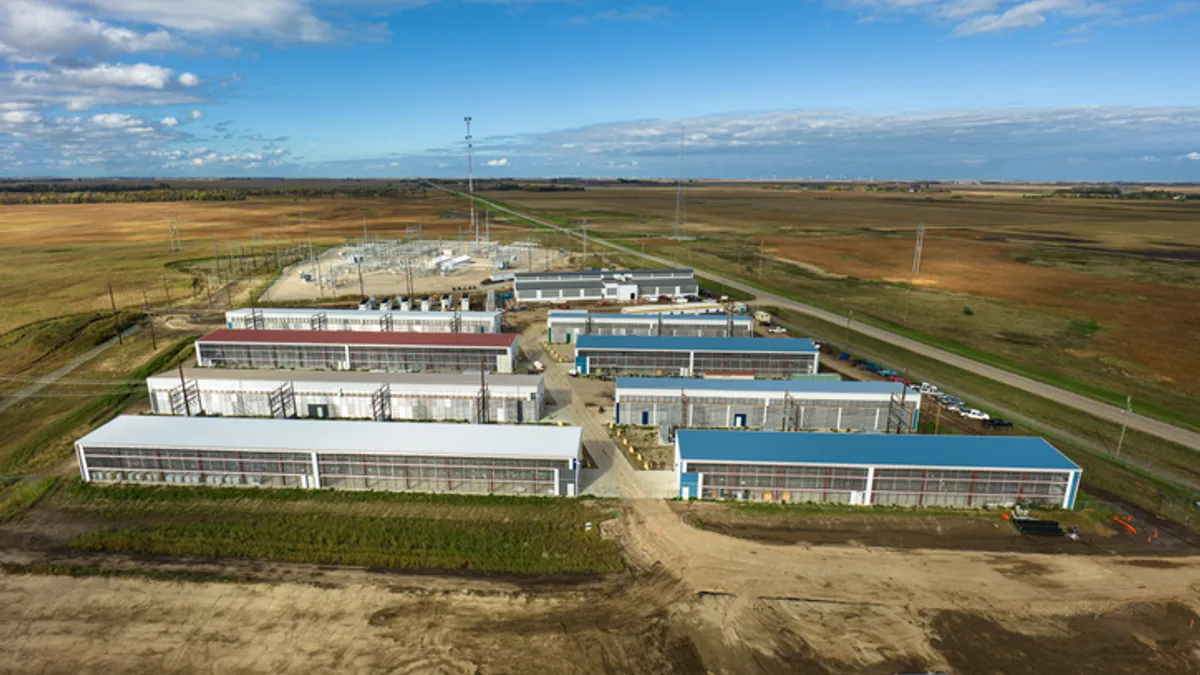Just a couple of years ago, Matt Ketschke's job function didn't exist.
Ketschke is vice president of distributed resource integration for Consolidated Edison, located in New York, the state widely viewed as the most aggressive in reshaping the utility business model.
But in a sign of just how quickly the evolution is occurring, Ketschke's position didn't exist until recently, even in a state with trailblazer status.
"They established my job specifically to think about, as we evolve the business model, and as we get more and more grid edge resources out there, what's going to have to change," Ketschke said.
New York, perhaps more than any other state, has been working on the deliberate overhaul of its utility system. Other states are working quickly to roll out changes as well, but they have often been centered around discrete technologies. California is focused on installing battery storage and DERs through separate dockets, and Hawaii is rushing to integrate more solar.
But in contrast, the Empire State launched a Reforming the Energy Vision (REV) proceeding—"quest" may be more apt—to rethink how utilities profit and partner on the grid.
"They established my job specifically to think about, as we evolve the business model, and as we get more and more grid edge resources out there, what's going to have to change."

Matt Ketschke
Vice President of distributed resource integration for Consolidated Edison
Of course all the states, in some form, are now rethinking how their utilities produce, procure and deliver power. But New York's move has always seemed a step further below the surface, focused on developing a new business model where the utility operates the grid as a service platform. The ultimate goal is to allow third-party businesses to develop and operate distributed resources that would alleviate the need for capital investments.
"This is going to be a transition over time and won't happen overnight," Ketschke said. "There will be different levels of consumer engagement that move forward and we're probably going to test a bunch of things; we're doing demonstration projects to see where we get uptake on some things and where some things may be interesting ideas that don't really get hold."
The REV process is about three years old right now and ConEdison has launched demonstration projects, the largest of which is already saving customers money. But "we're still in the relatively early stages," Ketschke said.
ConEdison operates in New York City, either the most perfect or most complicated locale to test new utility ideas. The density of has meant unique challenges as well as solutions, and none of Consolidated Edison's projects highlights this better than the utility's Brooklyn-Queens Demand Management (BQDM) project.
The Public Service Commission approved the project in 2014, as growth in the NYC boroughs of Brooklyn and Queens meant feeders serving two substations were on pace for a 69 MW shortfall by 2018. Rather than spending $1.2 billion for new substations, feeders, and switching stations, the utility turned to a range of demand-side options, as well as utility-sited resources.
BQDM was "probably the largest non-wires alternative use of grid solutions to defer a traditional facility," Ketschke said.
"In places where we have more and more DER penetration, we're starting to think of using that as more of a finely-pointed distribution resource to be targeted at a very specific distribution element, and for potential benefit in the wholesale market or for the entire system," Ketschke added.
Beyond BQDM
Not to sleep on the Brooklyn-Queens project—"it did get a lot of attention, a lot of customer involvement and it's been successful so far," Ketsche said—but the utility has a slate of other advanced projects it is working on across the state.
One of the biggest is Connected Homes, a demonstration project where Consolidated Edison is partnering with Opower to develop messaging that will give customers more information about their usage and then help direct them to a marketplace for residential energy products and solutions. The project will also help provide Con Edison with advanced customer segmentation and targeting analytics to enable providers like Nest and SunPower to effectively promote their products.
Most of Consolidated Edison's mass market residential customers are currently billed essentially on a volumetric monthly bill, but Ketsche said the utility is installing advanced metering infrastructure (AMI) in its service territory in the next six years. That will give the utility more regular and granular information to give customers, allowing ConEd to "begin to target customers with energy product offerings that really are better tailored for them," said Ketsche.
AMI rollout is "still in the early stages," however, and Ketsche said ConEd is "in the process of establishing first some back-office systems, [and] work on the communications infrastructure in our first deployment area is going forward."
Meter deployment starts later this year. "What we've done so far is really all around back office," said Ketsche.
Storage
Like many utilities, Consolidated Edison is pushing to install energy storage on its system. Whether in the form of large lithium ion batteries or connected refrigeration, the ability to store energy can help smooth peaks, moderate voltage, reduce costs and integrate renewables.
"As part of REV and BQDM, a lot of storage is being deployed," Ketsche said. The utility held a declining clock auction for BQDM resource blocks in two separate four-hour timeframe blocks.
"We're basically looking for load reduction or the ability to export during those blocks, and a number of the solutions that came in were storage projects," he said.
Customer-sited storage is essentially getting a "capacity payment from BQDM," said Ketsche. "Additionally, we have our own utility-owned storage project going in as part of BQDM, in the form of a substation-connected battery … also, we've been looking at the storage business model, to try to figure out ways to make the business model work."
Earlier this year, the utility filed a proposal with regulators for a front-of-the-meter demonstration storage project with microgrid developer GI Energy at four sites, aiming to develop a new business model that would pay customers for hosting batteries through leases. And just last month, ConEd has filed a proposed project partnering with NRG Energy to develop a 1 MW, 4 MWh mobile storage system that would allow the utility to deploy the batteries to different locations according to distributions system needs.
The GI Energy project, said Ketsche, would involve customer-located storage at the head of the meter, "to see if we can have a business mode that is easier to sell to customers, particularly commercial real estate customers ... so they can basically just directly lease the space ahead of the meter and the battery will provide all the distribution benefits."
Last summer, along with SunPower and Sunverge, ConEdison announced a $15 million pilot program for a virtual power plant that would use 300 homes in Brooklyn and Queens with leased high-efficiency solar panels and lithium-ion battery energy storage systems.
And in another innovative project, Con Edison partnered with West Coast-based Axiom Exergy on an energy storage project focused on refrigeration load, with the storage company installing between 1.5 MW and 2 MW of storage systems in the area, which will be capable of shifting 6 MWh to 8 MWh of load.
But while the utility is actively pursuing storage, electric vehicle investment appears elusive.
Electric vehicles
ConEd serves millions of home and businesses, but so far does not own any electric vehicle charging infrastructure. Even so, the utility sees the electrification of the transportation as an important emerging area.
"This is a way the utility industry can help drive positive electrification and decarbonization," said Ketsche, noting that last year was the first in decades when emissions from the power sector fell below transportation.
"In the long term, most utilities, and ConEd included, think that electrification of transportation is going to be a key to how we nationally and locally achieve environmental goals," Ketsche said. But he added, "no one utility can really drive this all by themselves. This is really national and statewide policy, working with policy makers in the state on the pieces we can help facilitate – things like charging infrastructure, and how we use our relationship with customers to communicate about electric vehicles."
ConEd has a number of ideas it is looking at related to charging infrastructure, but has not deployed any utility-owned public stations.
"In the long term, most utilities, and ConEd included, think that electrification of transportation is going to be a key to how we nationally and locally achieve environmental goals [but] no one utility can really drive this all by themselves. This is really national and statewide policy, working with policy makers in the state on the pieces we can help facilitate."

Matt Ketschke
Vice President of distributed resource integration for Consolidated Edison
"New York is probably a little bit behind where California may be," he said. Some 3,000 miles away, that state's three largest utilities have proposed a $1 billion rollout of electric vehicle charging infrastructure, including expanded fleets, tens of thousands of charge points and residential rebates.
The road ahead
Con Edison has made significant progress on evolving the business model, but Ketsche stressed the utility remains in the early stages of what will be a years-long transformation. While business models can be altered and software upgraded, lineworkers and technicians also need to get into the field.
"Those will be things like upgrading a communications relay and control technologies. And then there's the back-office portion of this … your control systems have to evolve to be able to handle more granular resources and the dispatch of those resources. But also, how you do the monitoring and verification and settlement for payment on those things," Ketsche said. "Those are all things we will need to build out as more and more distributed resources come on the system."
A widespread rollout of third party products and services is still "in the works," he said.
And the utility is still expanding demand management and demand response programs, looking to combined heat and power projects that can take load entirely off the system as needed, batteries to shift the load, and efficient for peak reduction.
"If you think about distributed resources and how they were used in the past, they were typically much more of a blunt instrument," said Ketsche. A future that includes more distributed resources, advanced metering and state of the art control technology will dramatically change that.
"We're starting to think of using that DERs as more of a finely-pointed distribution resource to be targeted at a very specific distribution element, and for potential benefit in the wholesale market or for the entire system," he said.
"I've been working in this industry for 22 years, and we are in a constant state of evolution. This is not a static business. It probably doesn't change as fast as some but we're in a constant state of evolution," Ketsche continued. "I think it's going to be a constant evolution and one of the things going to drive the speed of change—at least at the consumer level—will be the customer's willingness to participate in the marketplace or a willingness to invest in technology to allow them to do it fairly seamlessly.
"And I think that's where we're more likely to end up—where customers may opt into having something like a home automation system that dispatches certain loads in their homes in a way that allow them to take advantage of differing distribution costs at different times of day."
"But a lot of those things don't exist today," Ketsche said. "We're still in the process of figuring out how to gve those signals."





















